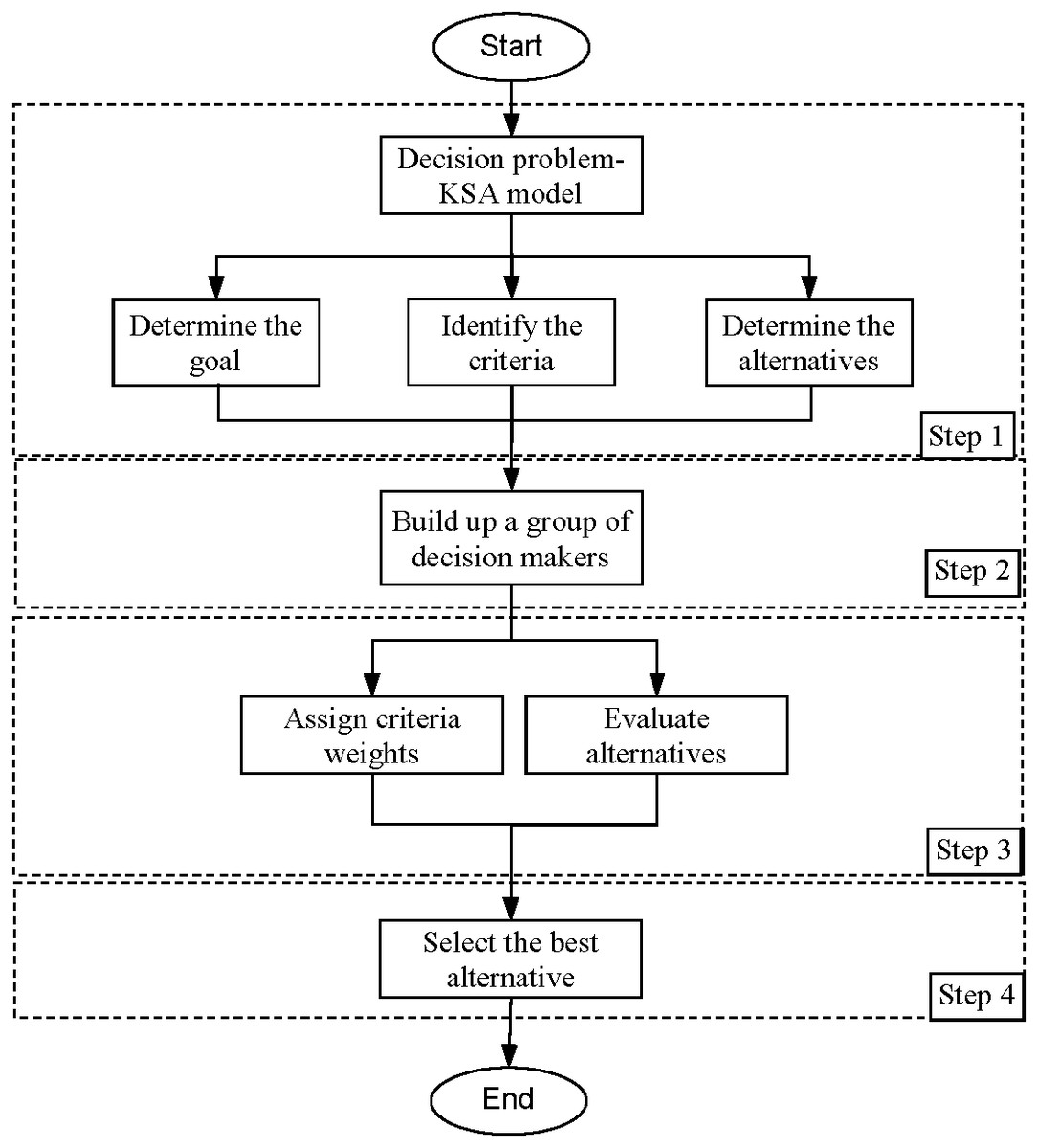
For example, English, Spanish, and German will appeal to a large percentage of the global population, whereas a language like Swahili may have much smaller global market reach. Some languages are more widely spoken than others, given you much greater reach globally per language localized than other more narrowly spoken choices. Popular languages for translating websites

Having a multilingual website is table stakes for access to a massive global marketplace that can transform your business growth, but only if you translate and localize your website content. To take advantage of these international markets, your business must be able to communicate with native speakers in their native language as if the website was written for them to begin with. One of the most compelling advantages of living in a connected world is that your product, service, or message can now reach global markets and any target audience. The primary goal of localization is to ensure that the product/service or content being provided on your website looks and feels like it was originally created for the target market it is localized for. It is common to see websites natively designed for local audiences to be more popular than their international counterparts, such as Baidu being more popular than Google in China.

Google Translate, ImTranslator, Dictionary, TTS extension.How to translate a website in Google Chrome.The most popular desktop browser in 2019.Website localization for popular browsers.Website localization for popular content management systems.Basic options for translating a website.Top 10 languages by numbers of speakers worldwide in 2019.



 0 kommentar(er)
0 kommentar(er)
